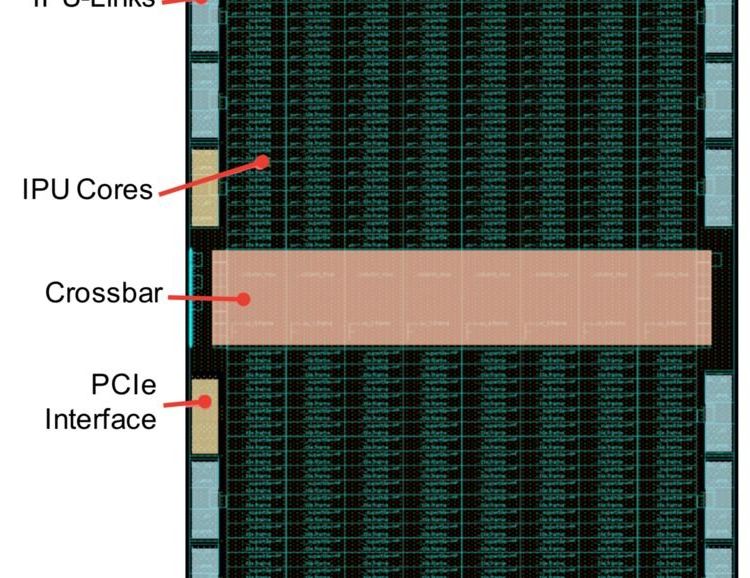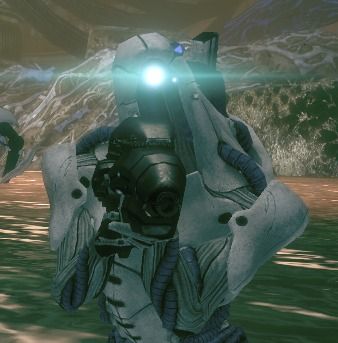Machine learning, especially deep learning, is forcing a re-evaluation of how chips and systems are designed that will change the direction of the industry for decades to come.



Quantum supremacy sounds like something out of a Marvel movie. But for scientists working at the forefront of quantum computing, the hope—and hype—of this fundamentally different method of processing information is very real. Thanks to the quirky properties of quantum mechanics (here’s a nifty primer), quantum computers have the potential to massively speed up certain types of problems, particularly those that simulate nature.
Scientists are especially enthralled with the idea of marrying the quantum world with machine learning. Despite all their achievements, our silicon learning buddies remain handicapped: machine learning algorithms and traditional CPUs don’t play well, partly because the greedy algorithms tax classical computing hardware.
Add in a dose of quantum computing, however, and machine learning could potentially process complex problems beyond current abilities at a fraction of the time.

Neuromorphic computing has had little practical success in building machines that can tackle standard tests such as logistic regression or image recognition. But work by prominent researchers is combining the best of machine learning with simulated networks of spiking neurons, bringing new hope for neuromorphic breakthroughs.
O, o.
The VertiGo robot uses two propellers to defy gravity and climb walls.

The geth (“Servant of the People” in Khelish) are a race of networked artificial intelligences that reside beyond the Perseus Veil. The geth were created by the quarians as laborers and tools of war. When the geth became sentient and began to question their masters, the quarians attempted to exterminate them. The geth won the resulting war, and reduced the quarians to a race of nomads.
The history of the geth’s creation and evolution serves as a warning to the rest of the galaxy of the potential dangers of artificial intelligence and to the legally enforced, systematic repression of artificial intelligences throughout galactic society.


At some convenience stores, an A.I. system may bar the door if you look like the suspected criminals in its database, or if you’re wearing a mask. That’s part of the growing use of facial recognition and video analytics, a…

Recently, we have started to hear the concept of artificial intelligence as often as we have never met. This technology, which is no longer a fantastic science fiction element but is included in our lives, is ranked first among the technology trends that will shape the years to come.
Artificial intelligence, which can be explained by the fact that computers can make use of human thinking, reasoning, perception, comprehension, judgment and inference abilities, is the understanding of information about the environment of a machine in practice.
In this way, an artificial intelligence system optimizes the acquired data and becomes usable in daily life. We can say that many studies have been done about artificial intelligence from past to present, some of them being shelved and some of them pioneering today’s technology.